The frequency of eye exams depends on each person’s age, health, and risk factors, but a personalized schedule is usually a great approach. […]
How Often Should You Get an Eye Exam?
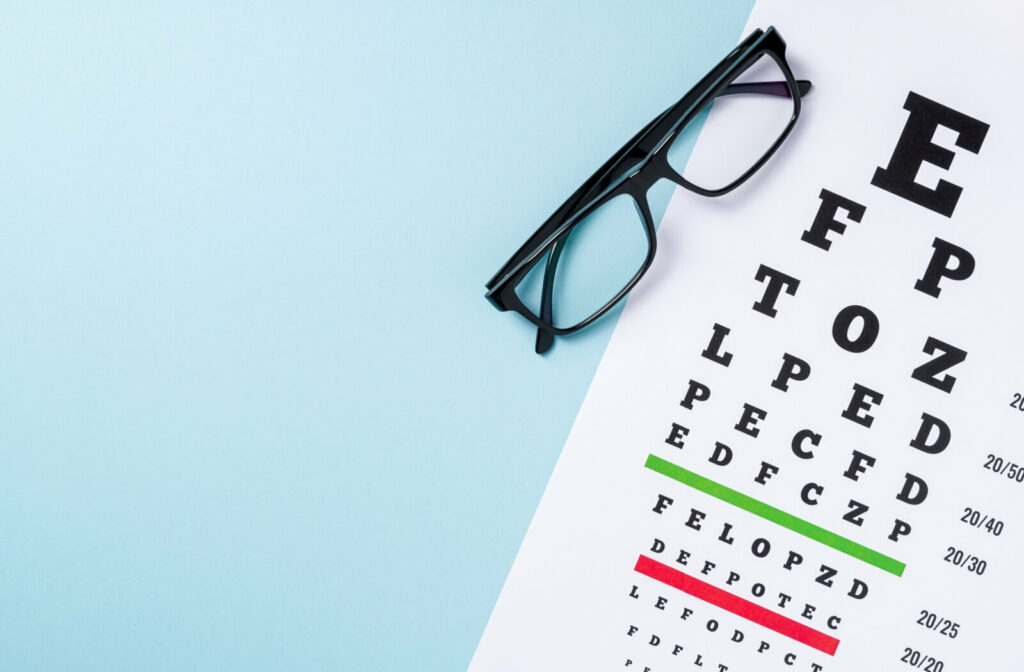



The frequency of eye exams depends on each person’s age, health, and risk factors, but a personalized schedule is usually a great approach. […]

Sudden dry eyes are often caused by a change in your environment, new daily habits, or an imbalance in your tear film that affects either tear production or evaporation. […]
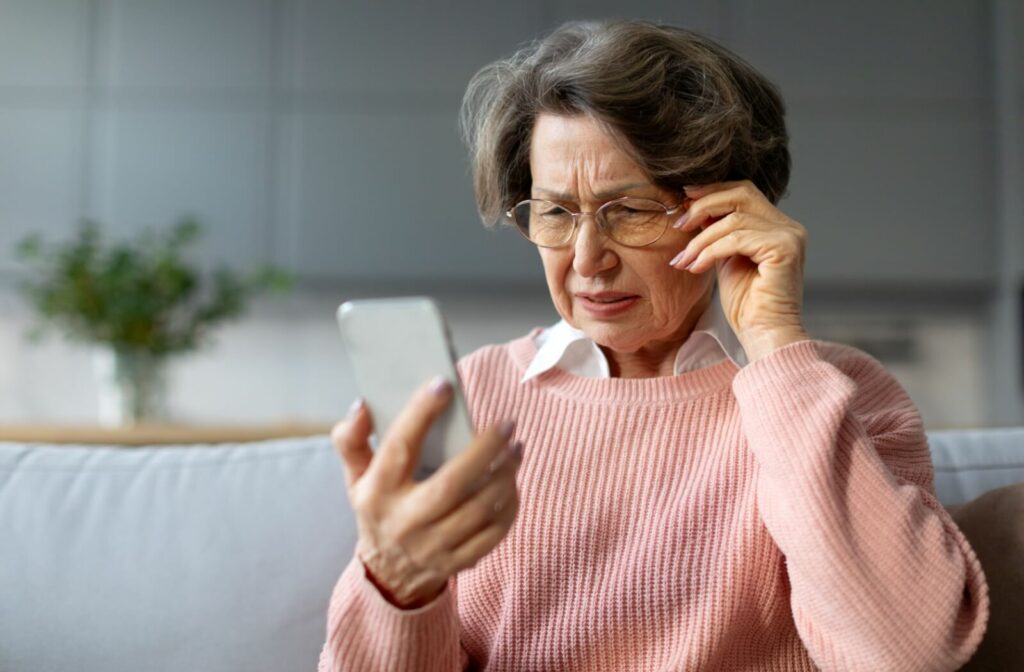
The speed of progression varies for everyone, but it largely depends on a combination of the type of macular degeneration you have and other personal health factors. […]
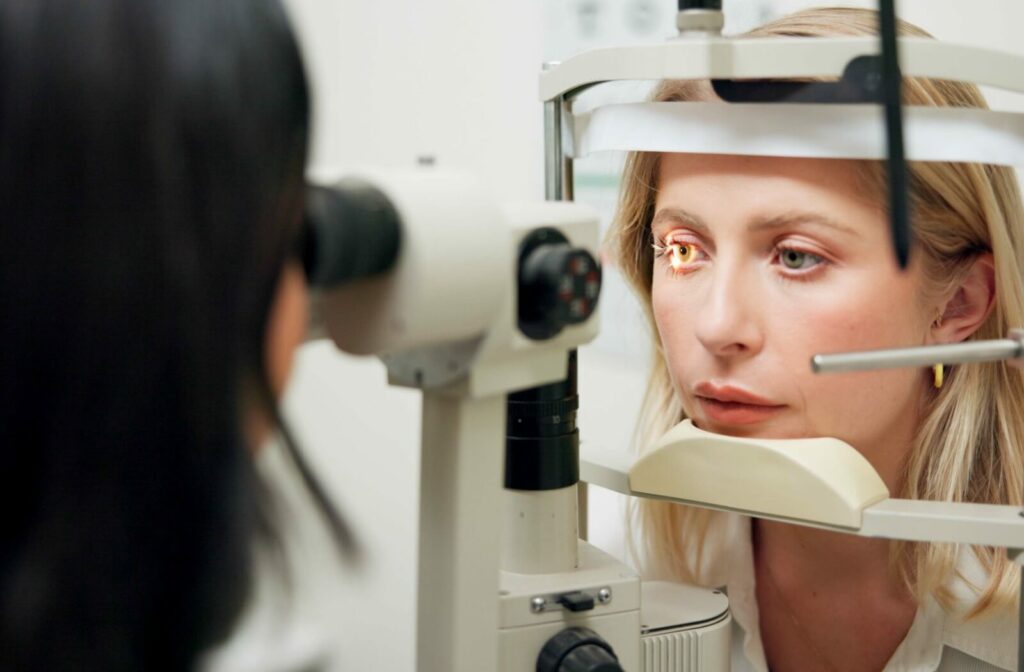
The short answer is: most often, yes; but coverage can depend on a few key details. […]
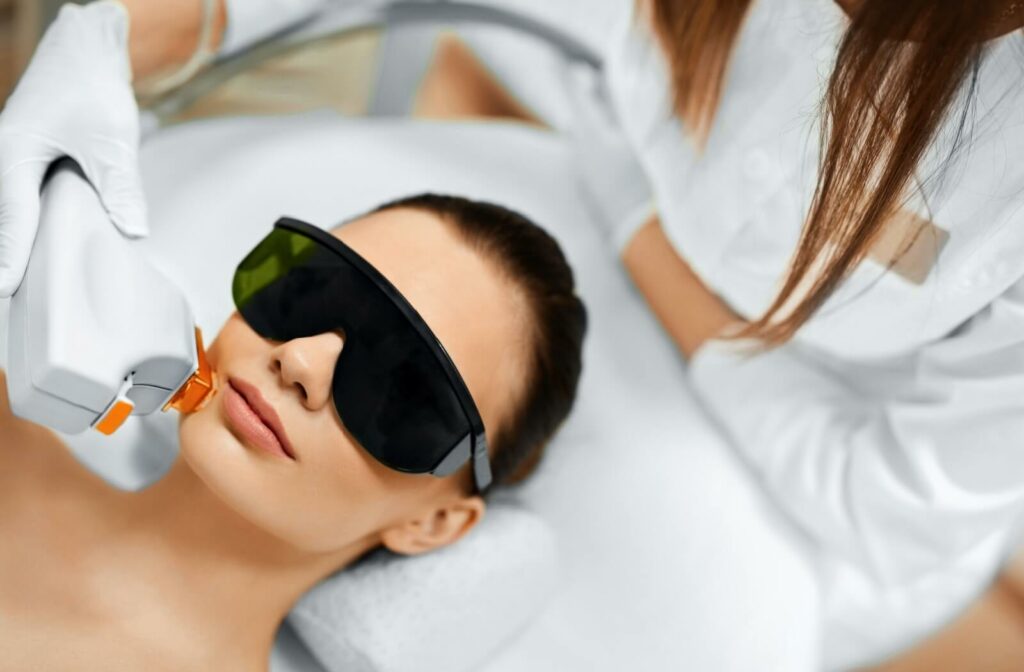
Intense pulsed light (IPL) therapy is a modern treatment that harnesses light energy to treat skin issues like acne scars, hyperpigmentation, sun damage, wrinkles, and more. It is also used to treat dry eye by unclogging the meibomian glands. […]
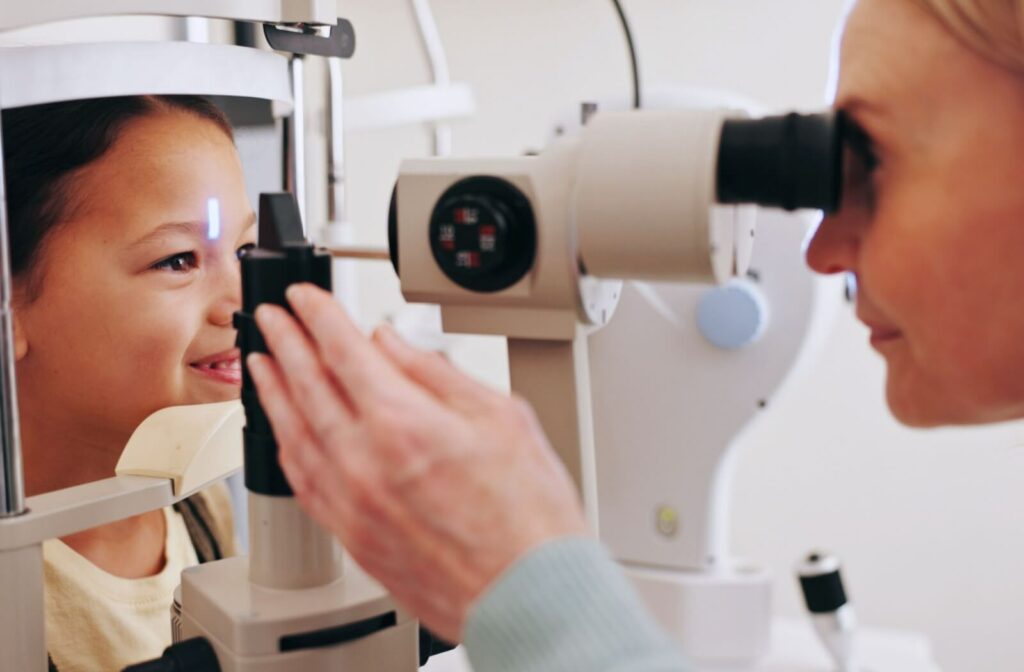
Genetics, age, eye growth, environment, and lifestyle habits are all potential factors that contribute to the worsening of myopia. […]

Yes, dry eyes can also be the culprit of blurry or fluctuating vision. Tear film disruption means the cornea no longer has a smooth optical surface, causing incoming light to scatter, leading to blurry vision. Furthermore, reflex tears, corneal damage, and chronic inflammation can exacerbate ongoing dryness, thereby contributing to the persistence of dry eye symptoms. […]

Seasonal allergies are known to cause a range of uncomfortable symptoms, and for many people, dry eyes are one of them. […]
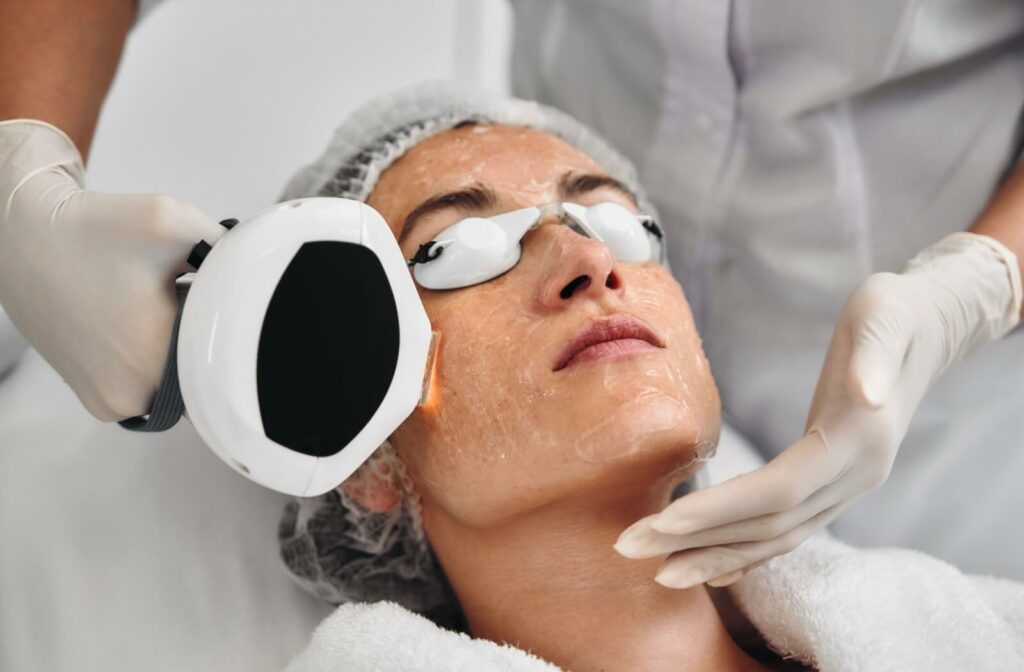
While eye drops and warm compresses may provide temporary relief, Intense Pulsed Light (IPL) therapy is a treatment that targets the root cause of dry eye rather than just masking symptoms. IPL uses pulses of light to reduce inflammation, unclog oil glands, and restore tear stability, offering long-term relief for many dry eye sufferers. […]

Many eye doctors recommend a contact lens exam every year. But exam frequency ultimately depends on factors such as age, eye health, and lifestyle. […]